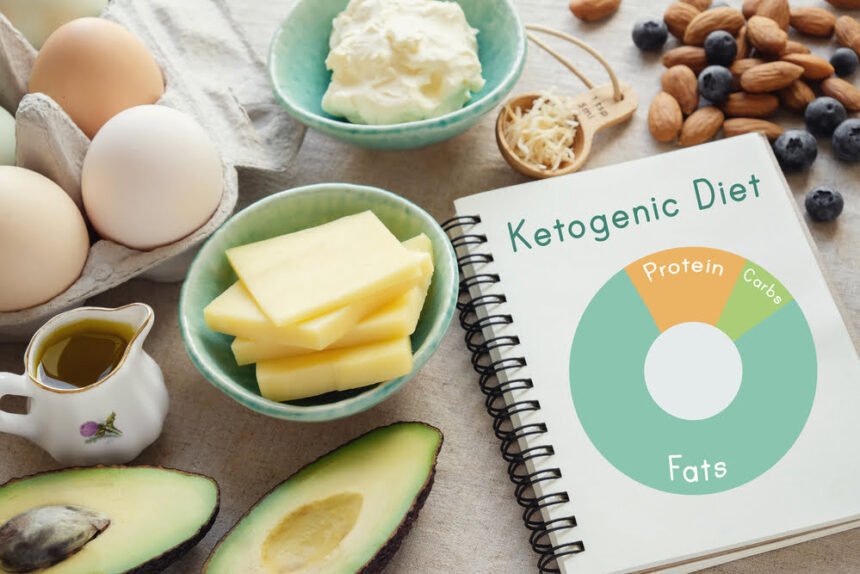There are a lot of fad diets that have come up over the last two decades. One that has received a lot of attention is the keto diet. You need to learn as much as possible about the keto diet before following it.
What is the Keto Diet and How Does it Work?
Ketosis is an evolutionary adaptive response and metabolic state enabling humans to survive periods of famine by replacing carbohydrates with higher levels of proteins and fats. A ketogenic diet works on the same principle and is thought to help lower weight and improve overall health through increasing the body’s ability to burn fat for energy.
When carbohydrates are reduced, this limits the body’s glucose supply (the main energy source for cells). In theory, it is also then able to turn fat in the liver into ketones, which supply energy to the brain.
Generally, a ketogenic diet involves lowering carbohydrates to 20 to 50 grams a day and filling up using fats like healthy oils, nuts, eggs, meat and fish. Specially made snacks such as JiMMY protein bars can also be eaten between meals.
While relatively high protein and fat levels are recommended for a keto diet, it is still important to moderate these, as in high amounts they can be converted into glucose, which can slow down ketosis.
Types of Ketogenic Diet
Some types of keto diet involve intermittent fasting, which typically involves limiting food intake to around 8 hours per day, then fasting for 16 hours (any type of fasting or restrictive diet should first be discussed with a doctor). The main keto diet types are:
- SKD (Standard Ketogenic Diet): This version of the keto diet is typically split into a ratio containing 70% fats, 20% protein and 10% carbohydrates.
- High Protein Ketogenic Diet: Similar to a Ketogenic Diet, this version is split into a ratio of 60% fats, 35% protein and 5% carbohydrates.
- CKD (Cyclical Ketogenic Diet): This type of ketogenic diet includes alternating periods of two high carbohydrate days (or “refeeds”) followed by five ketogenic days.
- TKD (Targeted Ketogenic Diet): In this version of the diet, carbohydrates are permitted around workouts.
Of all the varieties of keto, only the highest protein and standard versions have been intensively studied (the SDK is generally the most recommended). Target or cyclical versions are more advanced methods intended for athletes or body builders.
Benefits and Suitability
In addition to weight loss, a keto diet is also thought to have benefits in helping to protect against Alzheimers, epilepsy and cancer. Some also consider it beneficial for diabetics, although those with the condition (especially type 1) may be at risk for complications and should speak with their doctor before attempting any dietary changes.
Similarly, those with underlying kidney conditions should also take care. It’s also worth noting that restricting carbohydrates high in fiber may impact gut friendly bacteria. If you are on a keto diet, it’s important to eat to support gut health.
The Long-Term Effects
If you are considering dietary changes, it is important to first speak with your doctor, as they can look at your overall health history and help you to decide whether keto is the best route for you. They can also monitor your health throughout the diet.
Breath, blood and urine tests can all help to determine whether your body has entered ketosis (signs of which also include decreased appetite, frequent urination, and increased thirst or dry mouth). These are usually temporary symptoms related to dehydration.

